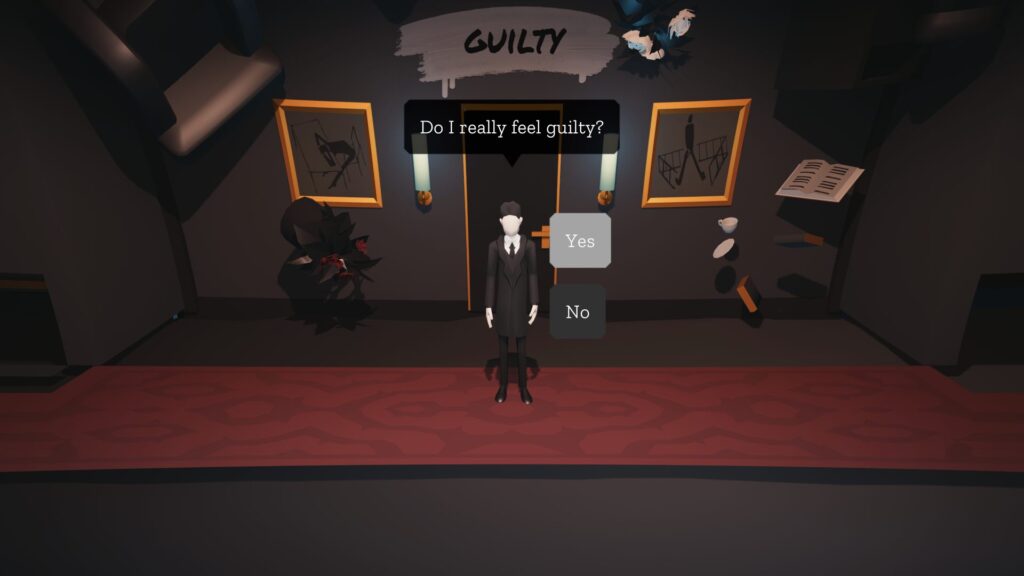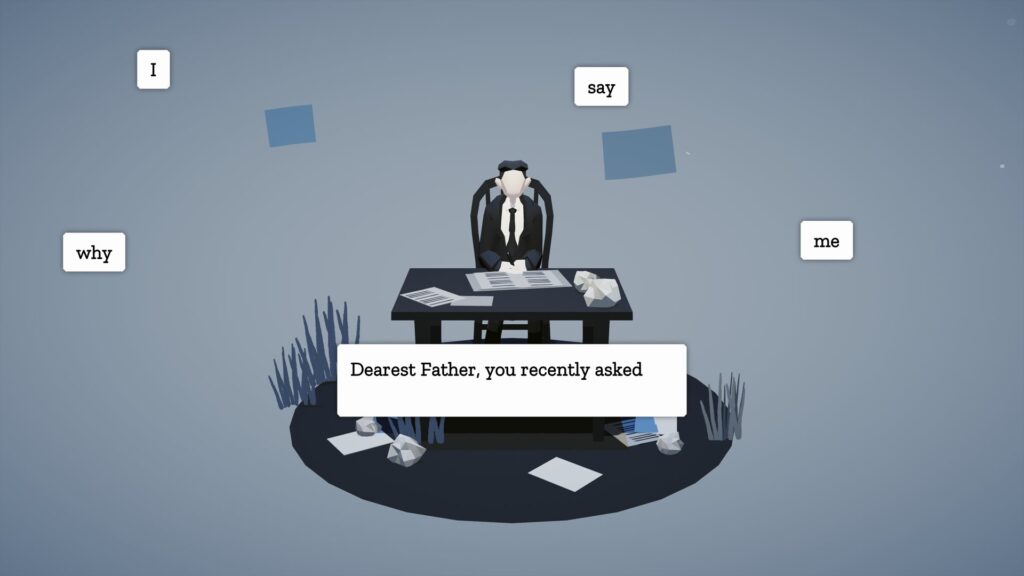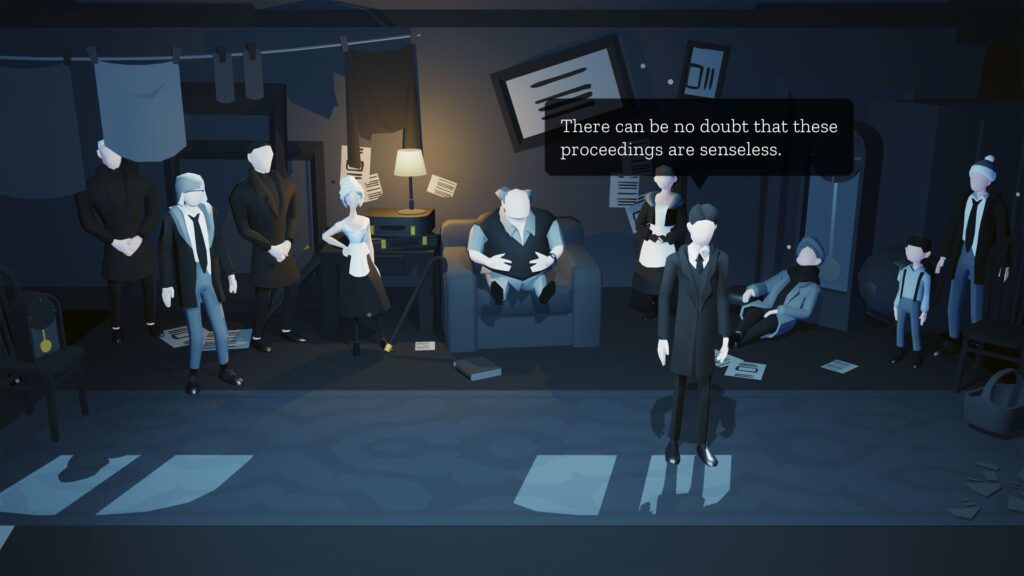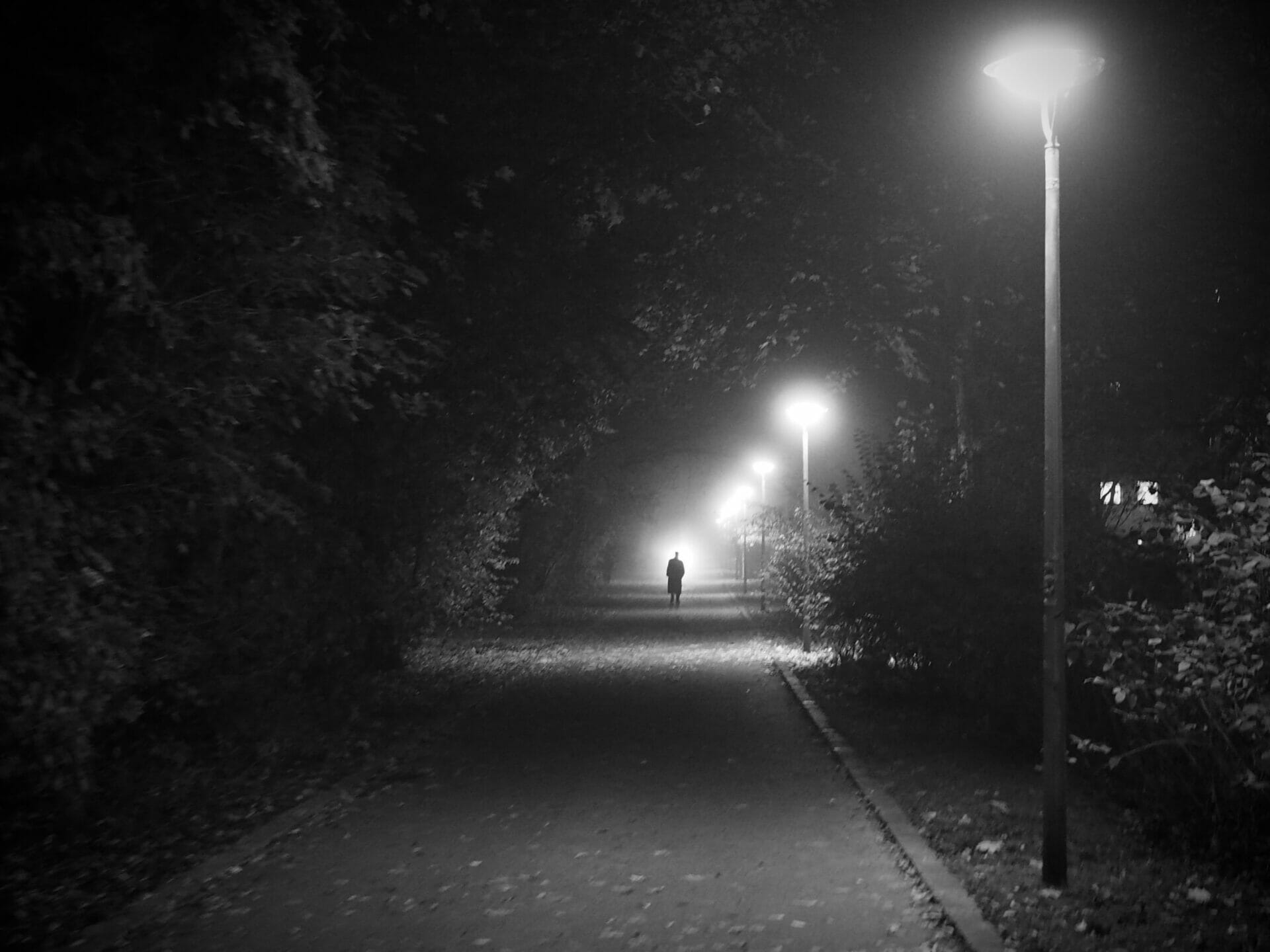
Playing Kafka | An absurdist video game born from a public-private partnership
Game designer
Art Director
Lead Composer
Publishing Year
Type of game
Genre
Country
Released on May 21, 2024, Playing Kafka is a point-and-click interactive story developed to commemorate the centenary of Franz Kafka’s death. This absurdist video game aims to immerse players in a world characterized by existential themes and complex bureaucracies.
The videogame offers an experience reflective of Franz Kafka’s unique literary style and thematic concerns. Belgium’s Goethe Institute joined forces with the small indie game studio Charles Games to develop Playing Kafka. The National Recovery Plan of the Ministry of Culture of the Czech Republic supported the project and the European Union funded it. Charles Games specializes in creating narrative-driven and historically-focused titles, integrating educational elements into their projects. For instance, the videogame Ashti teaches elementary schools in Iraqi Kurdistan about water management and water scarcity. This time around the team draws inspiration from three of Kafka’s major works: The Trial, Letter to the Father, and The Castle.
From Page to Play
Playing Kafka consists of three separate chapters, each inspired by one of the aforementioned works. While players can make slight variations to the story, these choices do not affect the overall outcome – dialogue options remain essentially the same. The last chapter, The Castle, allows players to choose the ending, as Kafka died before completing the novel. However, all choices ultimately lead to the same conclusion.

In terms of storytelling, the videogame struggles to match the depth of Kafka’s original works. The first and last chapters (The Trial and The Castle) suffer from a fast pace, leaving little room for the intricate psychology of Kafka’s characters in an experience that lasts roughly an hour and a half. On the other hand, the chapter Letter to the Father offers a simple yet profound series of minigames that reflect Kafka’s complex relationship with his father. Focusing the narration on the writer’s memories and emotions greatly enhances the game experience overall. The game loop used to help Franz Kafka write the letter is reminiscent of another narrative-driven minigame ensemble, Florence. This game was developed by Mountains and published by Annapurna (The Unfinished Swan, Outer Wilds).

Kafka’s Drag and Drop Theatre
Playing Kafka has a theatrical aspect that complements the gameplay. The main mechanic involves dragging and dropping objects and characters onto one another in the correct order to trigger dialogue options and events. Instead of a 3D open space for the player to move around in, the videogame features a limited set of scenes that the player drags the protagonist through. This turns Playing Kafka into an interactive dollshouse-like theater where the player makes Kafka’s characters enter and exit the stage and interact with a few practical props.
The low-poly, minimalistic style with faceless mannequin-like characters strips the story of human warmth and emotion, aligning perfectly with the eerie and nonsensical isolation present in Kafka’s novels.
The Paradox of Playing Kafka
The situations and emotions Kafka conveyed through his works have led to the creation of the term Kafkaesque. Considering that each new medium adds its spin on the matter, it’s very challenging to deliver the same experience by playing instead of reading. The main problem is that a game always finds itself trying to be fun and enjoyable. Ian Bogost explores this dilemma in his book Play Anything: the pleasure of limits, the uses of boredom, and the secret of games.

Videogames like Playing Kafka offer a solid answer by making players go back and forth between stages and performing seemingly pointless tasks. The overall meaning is not revealed but playing is the only way forward. Doing a second run of the videogame to use newly found knowledge is pointless. There is no true freedom, no way to break the cycle. In this sense, Playing Kafka remains true to the frustrating reality Kafka’s protagonists face. As Duncan Fyfe notes in his review for The Guardian:
Playing Kafka never suggests there is anything to achieve. It is full of movement without progress, choice without consequence.
Night in the Woods is another videogame that strips the player’s choices of meaning. Unlike Playing Kafka, it embraces this irony seamlessly integrating the gameplay with the story’s theme. For instance, at one point the player must choose between two nearly identical dialogue options: “You always have a choice” and “You can always choose.”
Entering the Absurd
Playing Kafka is free to play and has a very positive score on Steam. You can download it from Steam or Google Play. It is fully voice-acted in English, German and Czech.
Other video games that are inspired by the Jewish author from Prague are The Franz Kafka Videogame (2017) by Denis Galanin, The Metamorphosis (2020) by Izmir Games Collective and Metamorphosis (2020) by Ovid Works.
Tag
Buy a ☕ for Hypercritic








